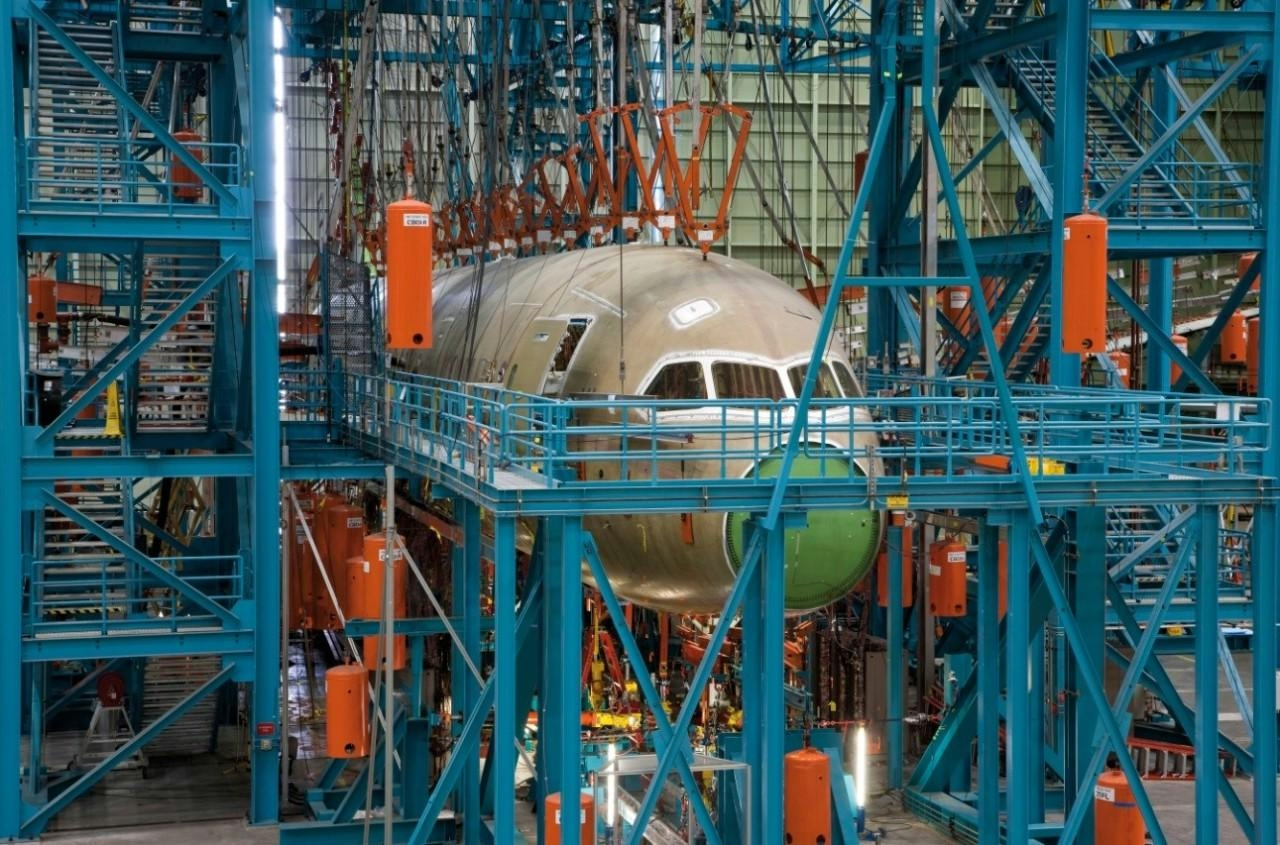
AeroGenie – Ihr intelligenter Copilot.
Trends
Categories
China's 3D-Printed Micro Turbojet Engine Completes Maiden Flight

China's 3D-Printed Micro Turbojet Engine Completes Maiden Flight
The Aero Engine Corporation of China (AECC) has announced a significant advancement in the nation’s aviation technology with the successful maiden flight of its 3D-printed Minimalist Lightweight Micro Turbojet Engine. The test flight occurred on Tuesday in Inner Mongolia Autonomous Region, North China, and was confirmed by AECC through its official WeChat account the following day.
Technological Breakthrough and Flight Performance
This engine marks the first of its kind in China to complete a flight test, delivering a thrust of 160 kilograms. It was developed using multidisciplinary topological optimization combined with advanced additive manufacturing techniques, representing a major breakthrough in integrating innovative design and production processes for aviation powerplants. The achievement addresses a domestic gap in the large-scale engineering application of 3D printing technology within China’s aerospace sector.
During the flight test, the engine reached a maximum altitude of 4,000 meters, successfully demonstrating its reliability and stability under operational conditions. Prior to this airborne debut, the engine underwent extensive ground testing to evaluate its performance standards and operational lifespan, ensuring its readiness for flight.
Overcoming Engineering Challenges and Industry Implications
AECC’s development team faced considerable technical challenges, particularly in applying topological optimization tailored for additive manufacturing and integrating engine components into a cohesive design. These innovations resulted in a significant reduction in structural weight and notable improvements in key performance metrics.
Despite this success, industry analysts caution that challenges remain for the widespread adoption of 3D-printed micro turbojet engines. Potential obstacles include supply chain complexities, material limitations, and the need for ongoing technological refinement, all of which may affect the pace and scale of future deployments.
The international aerospace community is closely monitoring China’s progress, as this development intensifies competition in advanced propulsion technologies. Rival manufacturers are expected to respond with increased investments and strategic partnerships to enhance their own engine programs. Concurrently, the broader aerospace industry is shifting towards electrification and sustainable aviation fuels, reflecting global trends and energy policies aimed at reducing carbon emissions—a direction in which China is also actively investing.
AECC emphasized that the successful maiden flight establishes a solid technical foundation for the development of future advanced aviation engines. As China continues to advance additive manufacturing and engine design, the global aerospace landscape may experience further shifts in technological leadership and market dynamics.

Air China Shares Rise After $9.5 Billion Airbus Jet Order
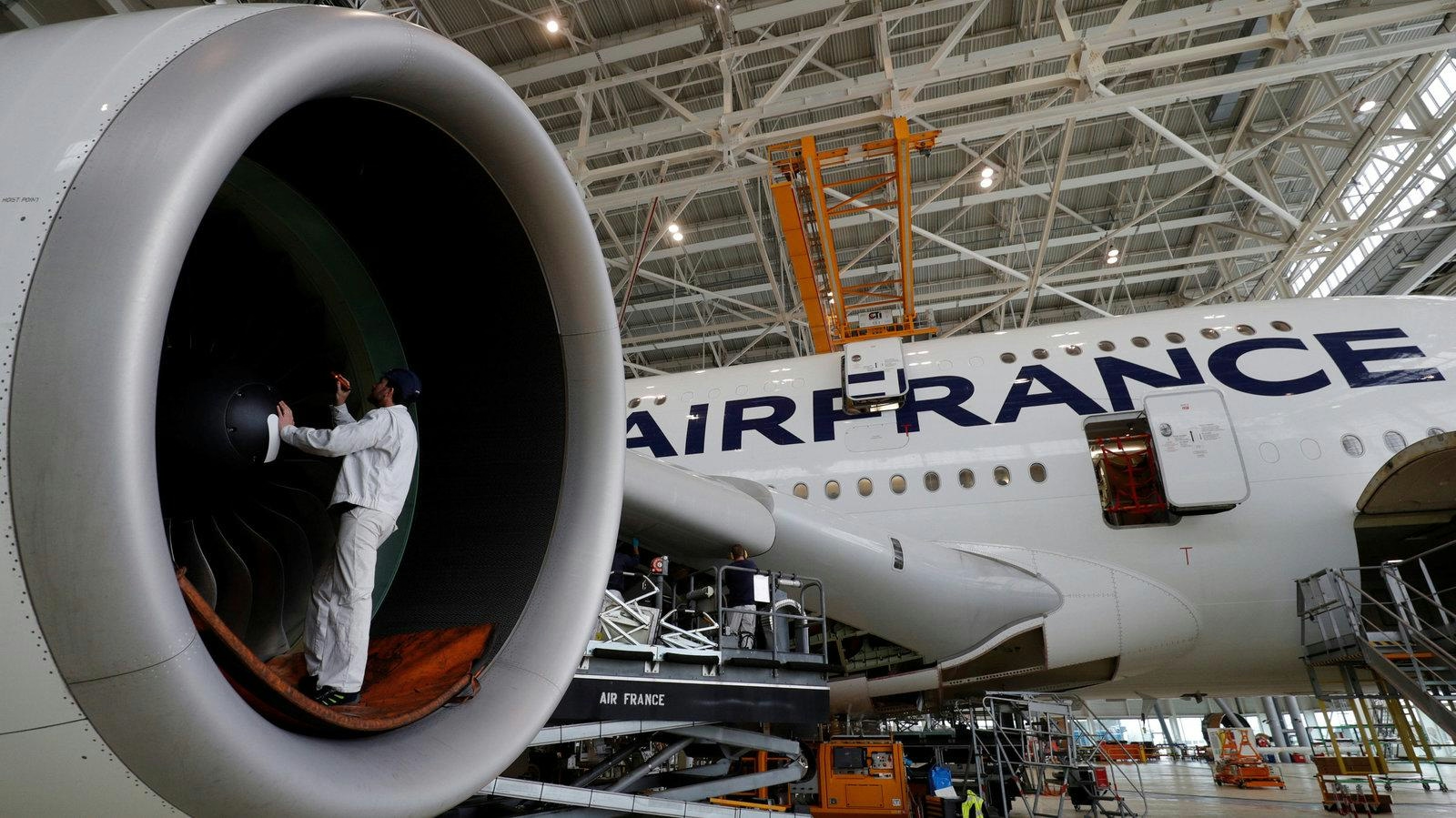
Why Airbus Chose Four Engines for the A380
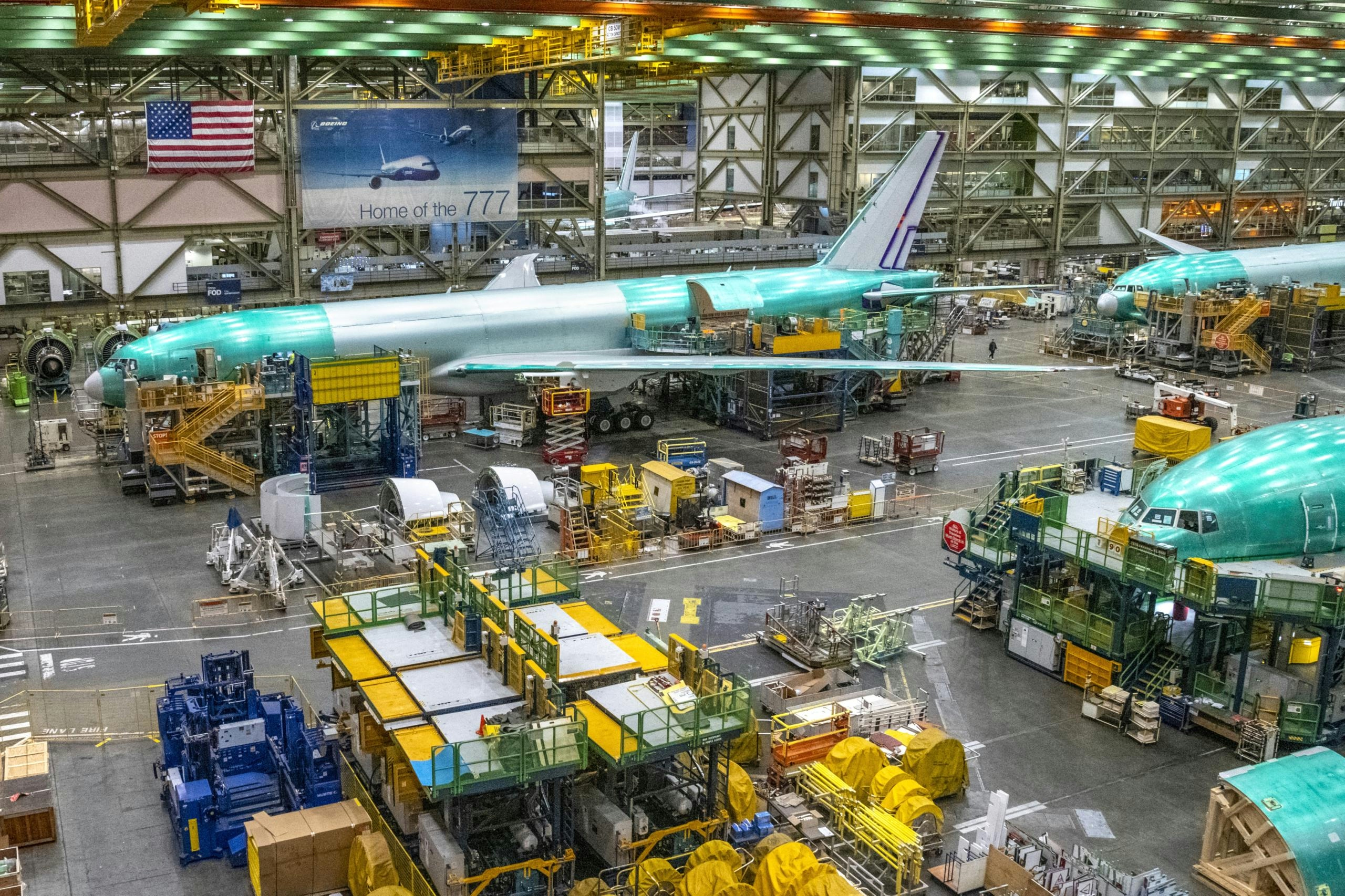
Key Defense Aviation Trends to Watch in 2026
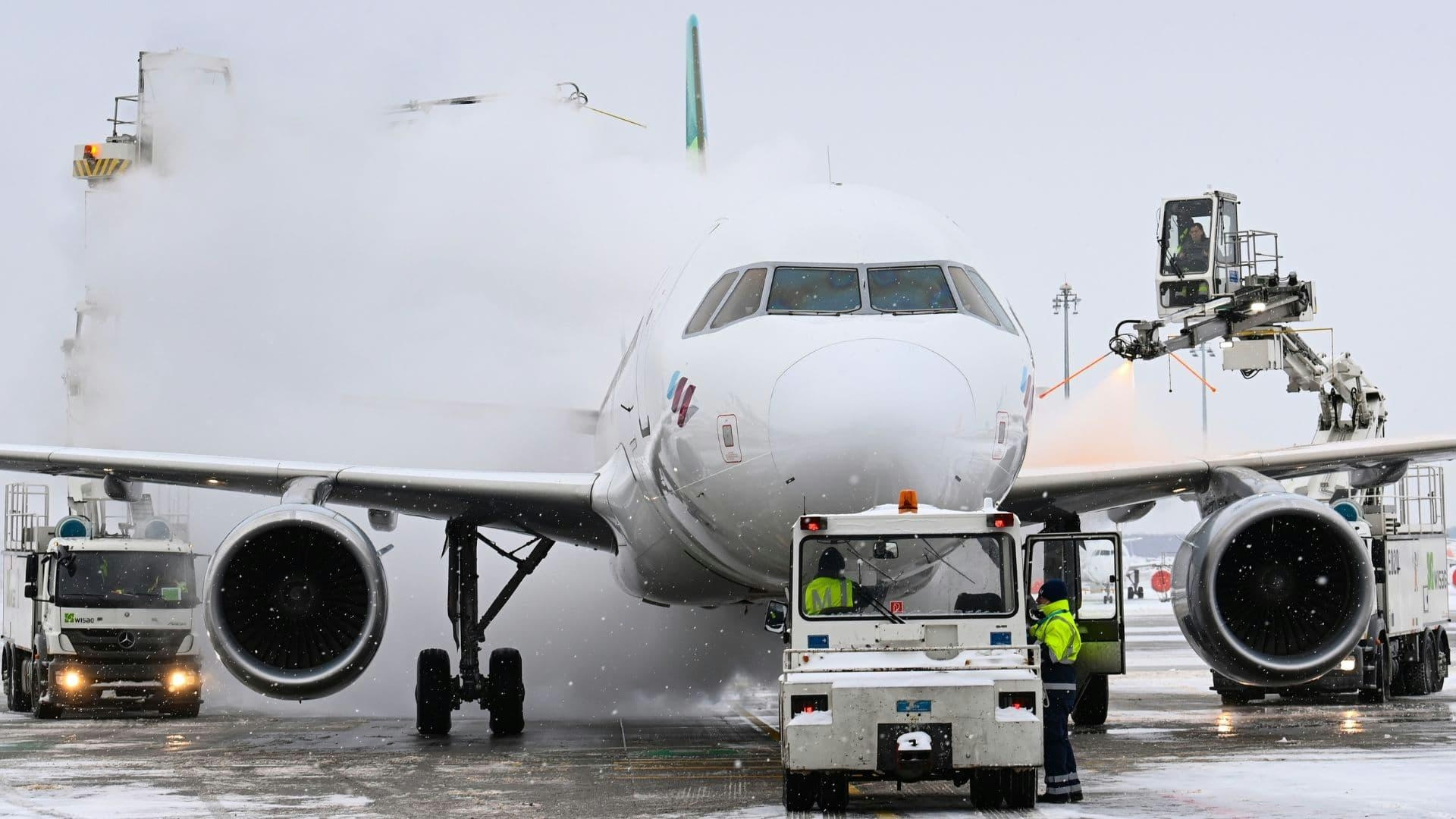
Body Lotion Additive Significantly Enhances Aircraft Anti-Icing Performance
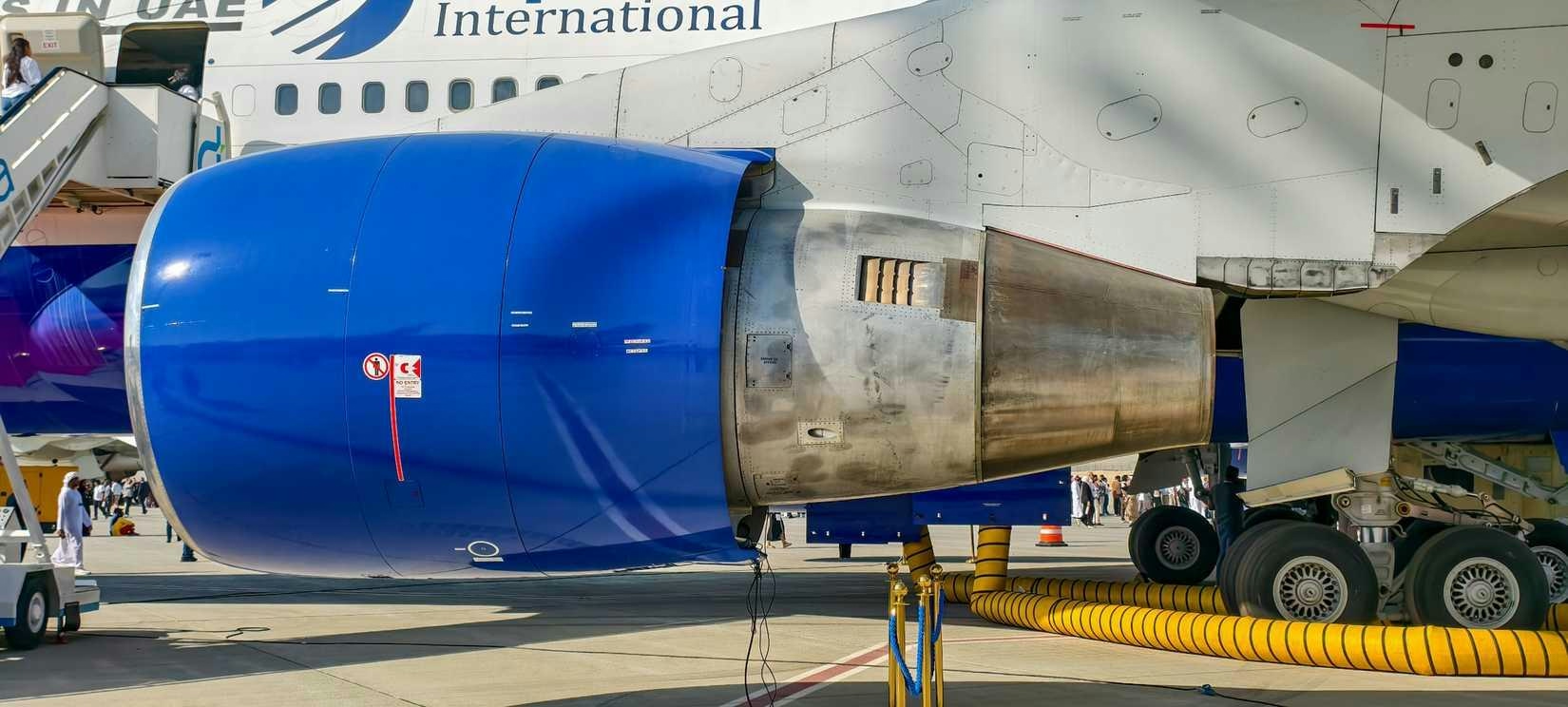
Why the Boeing 747-400 Uses Three Different Engine Types

DGCA Questions AI System Over Dreamliner Operations Amid Technical Issues
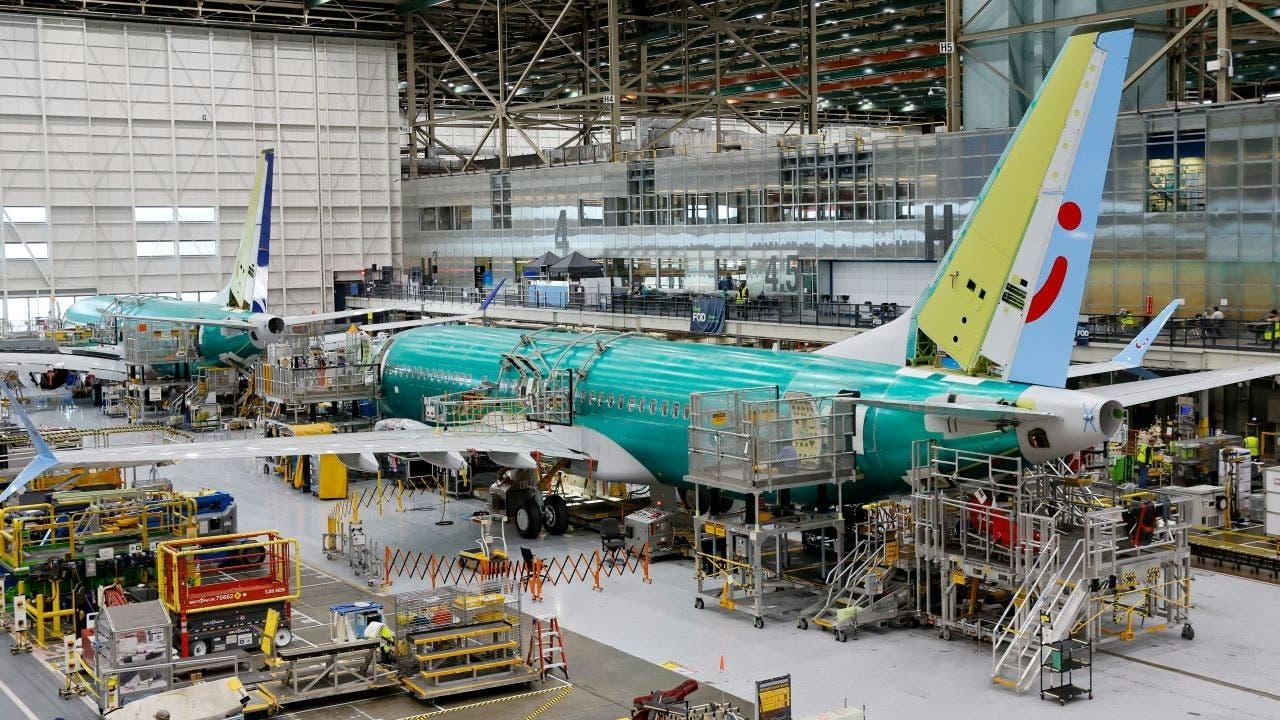
The New Aircraft Poised to Replace a Leading Narrowbody Model

The Future of Travel, According to the CEO of Europe’s Busiest Airport
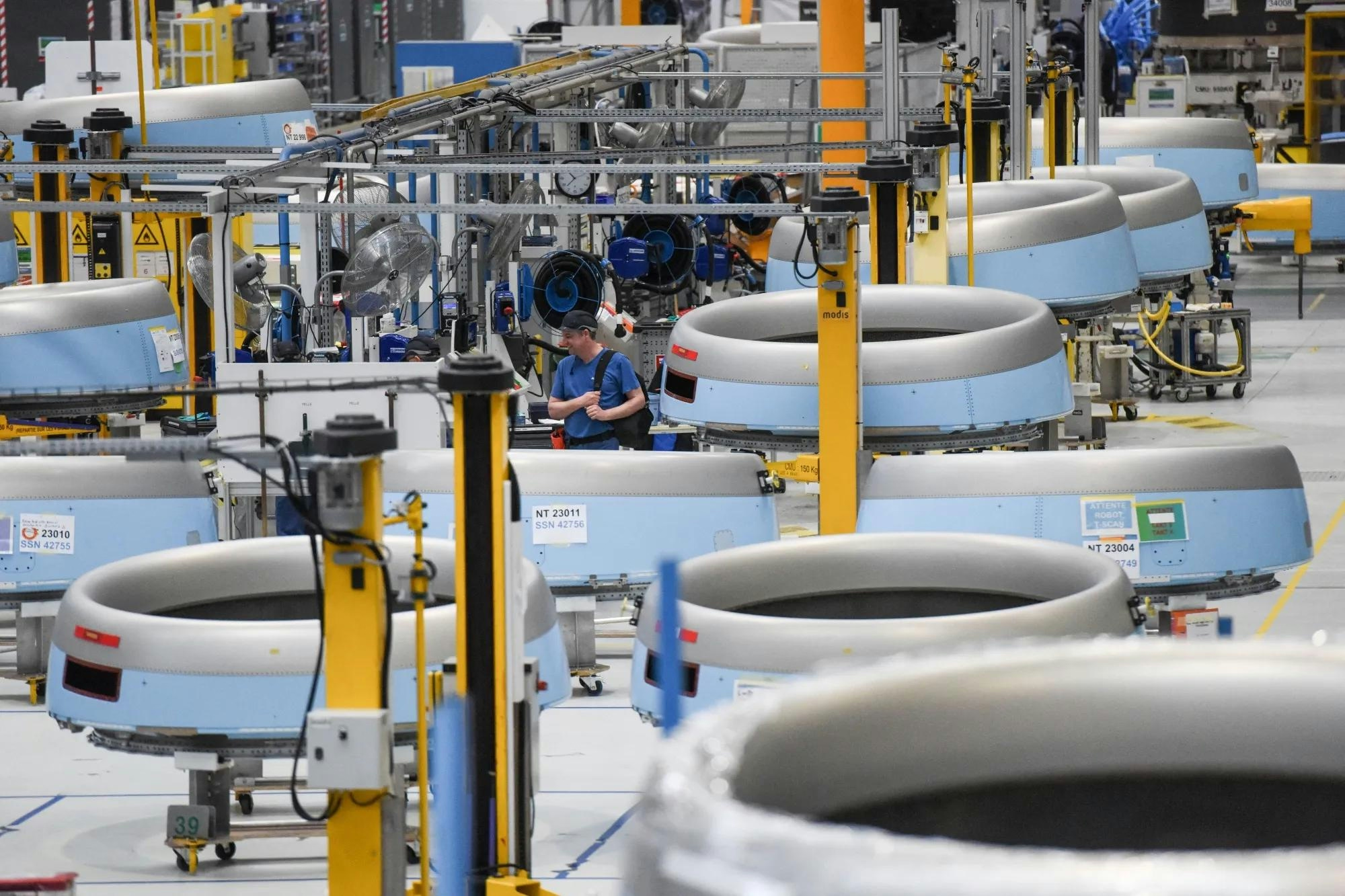
Airbus Accelerates Year-End Deliveries to Meet Targets
